When the
Balorian orcs first settled
Elatha, society coalesced into clans. Women had no power, and were bound to the clans they married into. There was one exception:
Clan Doomspear, with a warrior tradition for both men and women.
After Elatha's death, the
Thirteen Clans fell into infighting and competitions for dominance. Political ideologies further divided the Balorians. Some pushed for greater acts of conquest, to build a Great Horde for their inevitable war against the elves and the
Avalonian Imperial Navy. Others believed they should build a strong government and society first. Common Fomorians also agitated for greater rights and influence.
A few ladies from the Great Clans formed an alliance to protect themselves and improve their political standing. Historical sources conflict as to which clans were involved, but the Sisterhood's records credit
Hrutta Bloodaxe,
Tashaka Bloodfist, and
Katya Icefell, with support from
Grokka Doomspear. As witches in service to their clan mother goddesses, the Clan Ladies recognized a common thread. They created a pan-goddess movement, centered on the most universal Fomorian goddess, Cethlenn. Subsequently, they recruited as many ladies of the Great Clans as possible.
Their movement might not have have spread as quickly were it not for the capture and rape of Katya Icefell. By the standards of the time,
Katya was considered "damaged goods" -- unmarriageable and a liability to her clan. She choose vengeance and suicide by poisoning her captors in a very intimate way.
The surviving High Priestesses raised an enormous public outcry. Orc women of all social classes flocked to the Sisterhood's banner and declared themselves Priestesses. The women of Elatha demanded more control over their own destinies.
Clan Baneblood , the Imperial Clan, responded by executing 300 women for treason in an event history calls the
Day of Scythes.
The Sisterhood struck back. They distributed contraceptive herbs to every Clan Lady, and as many Orc women as possible. They then spread the story that Cethlenn Herself had raised Her hand against the Empire for its blasphemy, and would hereby deny them heirs, unless restitution was made and the balance restored.
Most Clan Lords scoffed. A few tried to force the issue by asserting their conjugal rights aggressively. But they quickly discovered that those who had done so either met with horrible accidents, or vanished. Mysteriously, their wives all had airtight alibis for each such event.
The Clan Lords learned that the Den Mother had indeed withdrawn her blessings as the birth rate plummeted. High Chief
Garlghak Baneblood 's popularity plummeted with it. Eventually he was forced to accept a challenge from
Keltar Bloodfist , who defeated him in single combat and assumed the High Chieftainship. The new High Chief promptly approached Hrutta Bloodaxe and Tashaka Bloodfist with great humility, and offered on behalf of the Empire to make whatever amends the Den Mother saw fit to request.
The Grandmothers demanded an ongoing tithe to the Sisterhood from each of the Great Clans. Each Chief must either take a Priestess to wife, or their Clan Lady must be instructed in the ways of the Sisterhood. Lineage was to be traced through the Clan Lady. Rape, particularly rape of a Priestess, was declared a blasphemy and high crime, and not only were suitors required to have the means to provide for their wives, but the intended brides must consent to the wedding. Soon, most Clan Ladies were expected be Priestesses, and the Sisterhood secured a great deal of political influence.
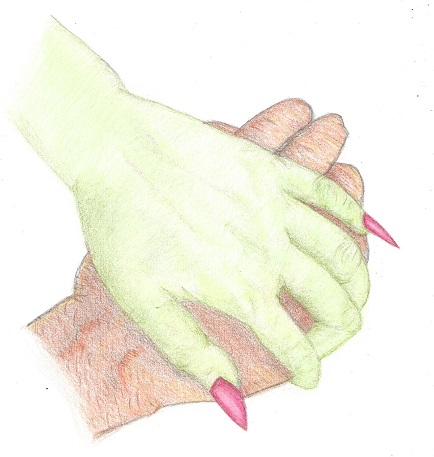
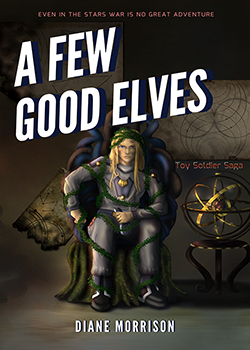
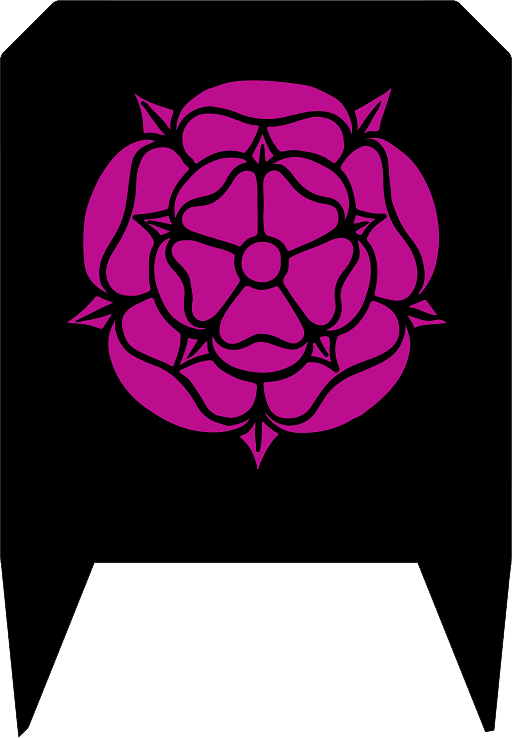
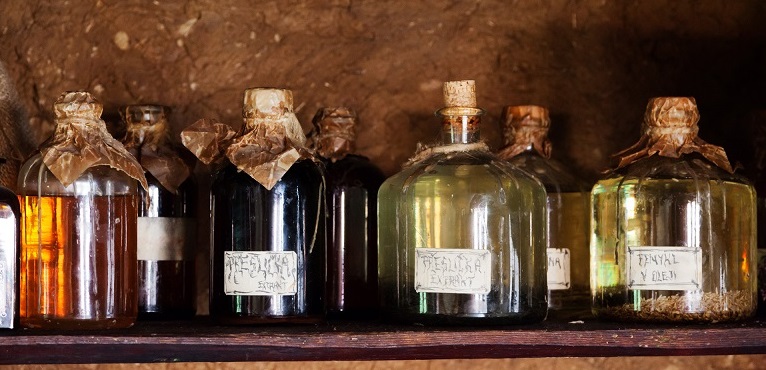
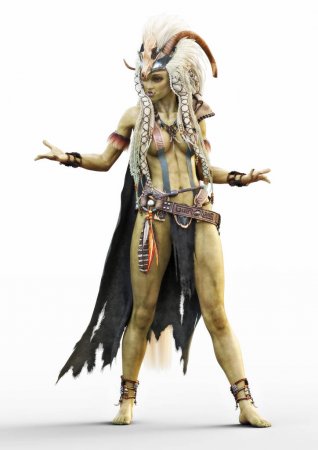





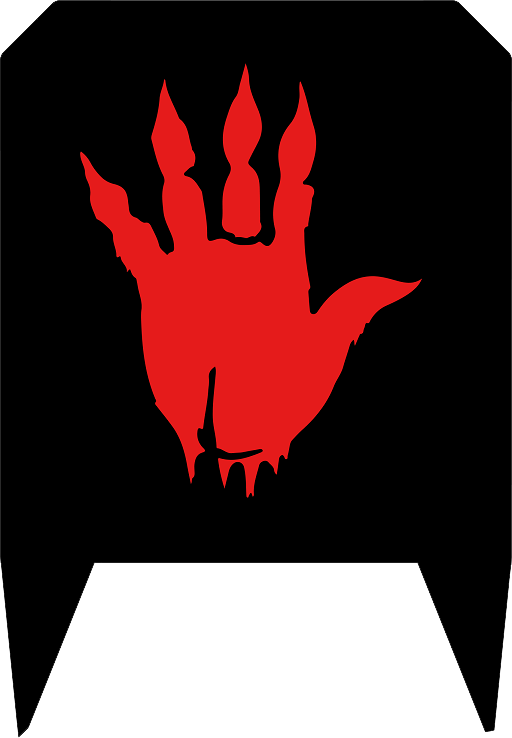

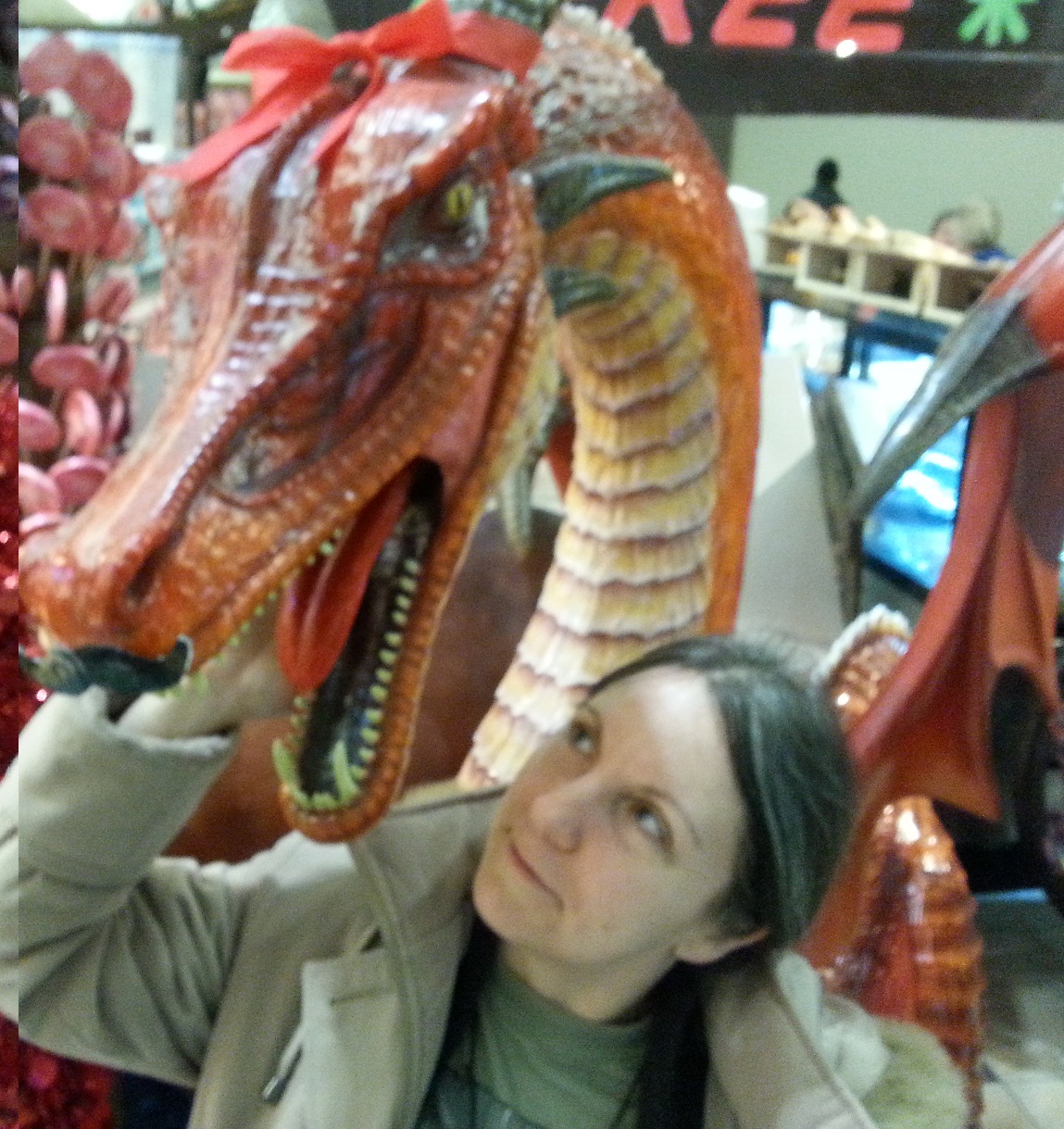
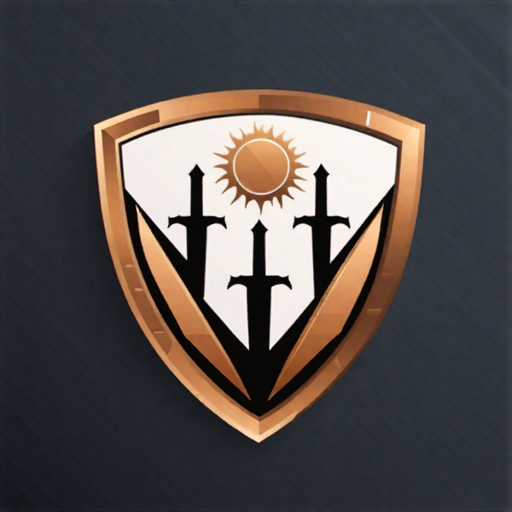

Great article! The tenets section is really well thought out, amazing drawing as well!
Follow me on Bluesky for more pixel art :D
Thanks so much TJ! :)